





 |
 |
 |
 |
 |
 |
| Roger Bailey | profile | all galleries >> Galleries >> Worcester Cathedral | tree view | thumbnails | slideshow |
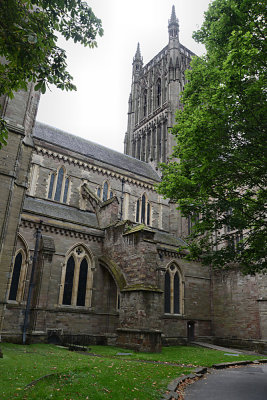 WC001. |
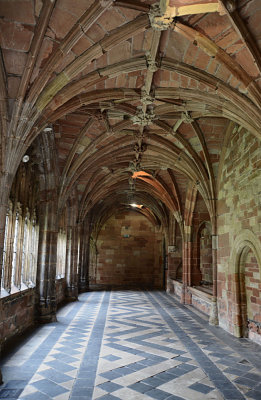 WC002. |
 WC003. |
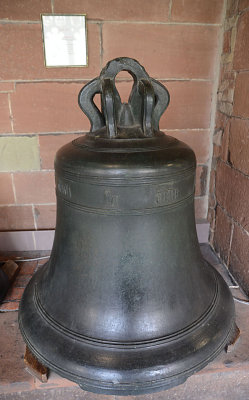 WC004. |
 WC005. |
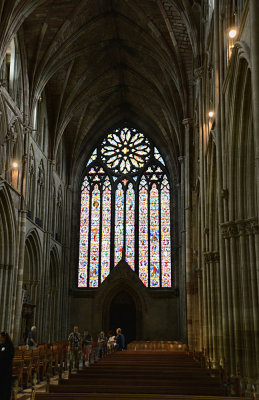 WC006. |
 WC007. |
 WC008. |
 WC009.. |
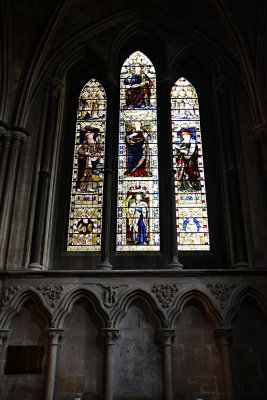 WC010, |
 WC011. |
 WC012. |
 WC013. |
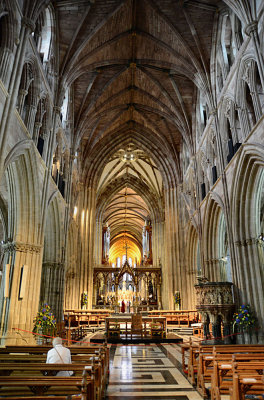 WC014. |
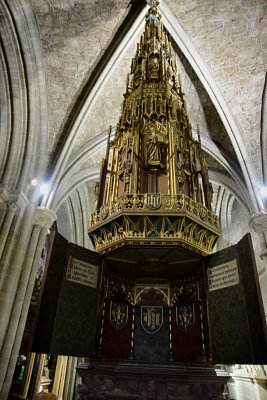 WC015.. |
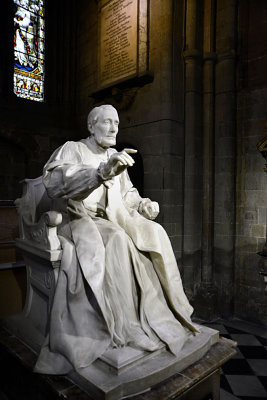 WC016. |
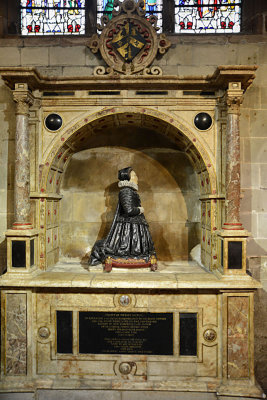 WC017. |
| comment | share |
| barbarajoy | 25-Oct-2016 09:53 | |
| John Shen Photography | 23-Oct-2016 18:15 | |
| Ed Duverger | 19-Oct-2016 19:27 | |
| fotabug | 19-Oct-2016 14:57 | |
| Ruth Voorhis | 19-Oct-2016 12:44 | |
| Bea. | 19-Oct-2016 02:53 | |
| Jack Hoying | 19-Oct-2016 02:49 | |
| Paul Milholland | 18-Oct-2016 22:31 | |
| Laura Milholland | 18-Oct-2016 22:16 | |